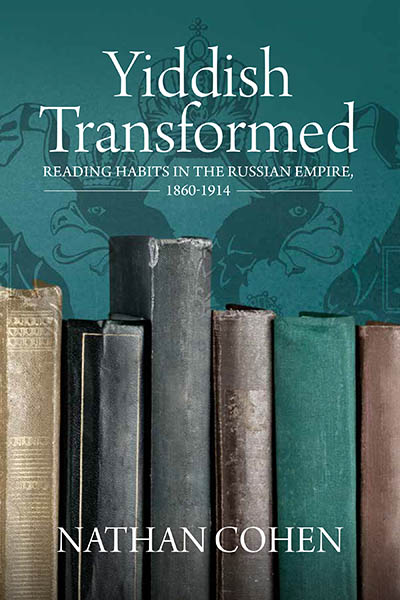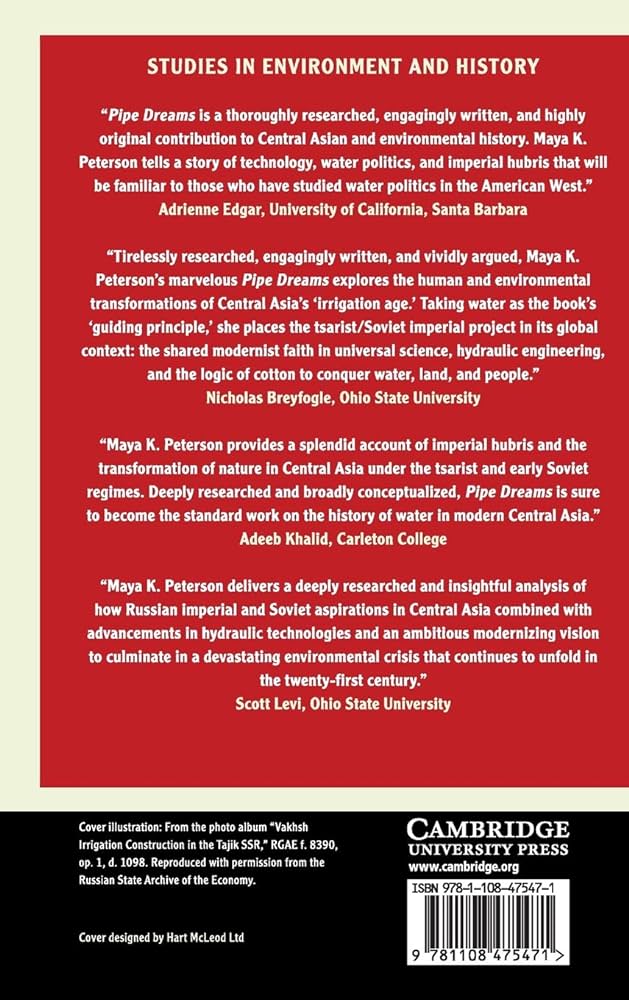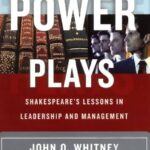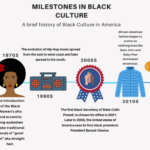Welcome, young historians! Today, we’re going on a time-traveling adventure. We will explore Russia’s past during a period called ‘Early Modern’. This was a key time for Russia. It changed a lot and helped form the country we know today. Ready? Let’s dive in!

Credit: www.amazon.com
A Land Ruled by Tsars
Long ago, Russia was ruled by kings called ‘Tsars’. They were very powerful. The first Tsar you should know is Ivan the Terrible. Despite his scary name, he did some important things. Like starting Russia’s first parliament. Cool, right?
Rise Of The Romanovs
After Ivan, Russia got new rulers, the Romanov family. They ruled for many years! With them, Russia got bigger and stronger.
Peter The Great And His Reforms
One of the most famous Tsars was Peter the Great. Kids, imagine a ruler who wanted to make his country better. That’s Peter! He learned from other countries in Europe. Then, he used those ideas back home in Russia.
The Romanov Rule
Let’s zoom in on the Romanovs. They started ruling in 1613. The country grew under them. They made laws, built cities, and helped the people.
| Tsar | Reign | Notable Achievements |
|---|---|---|
| Mikhail Romanov | 1613-1645 | He started the Romanov dynasty. |
| Alexis Romanov | 1645-1676 | Called the ‘quietest’, improved the army. |
| Peter the Great | 1682-1725 | Modernized Russia, founded St. Petersburg. |
Changes Brought by Peter the Great
The changes Peter brought about were huge. He built ships, improved the army, and started a navy. Also, he made a beautiful city called St. Petersburg! It’s like Russia’s window to Europe!
Life in Early Modern Russia
During this time, most Russians lived in the countryside. They worked as farmers. Life was hard but full of traditions. They celebrated many festivals each year!
Learning and Culture
Education was also important. Peter the Great built schools. He wanted people to learn about science and art. Russian culture grew rich with stories, paintings, and music.
Trade and Economy
Trade was like swapping goods with other countries. Russia would swap furs and timber. In return, they got things like clothes and spices. This helped make Russia wealthy.
Conclusion: The Legacy of Early Modern Russia
Kids, our journey has been amazing! We saw how tsars like Peter the Great changed Russia. He built cities, made a navy, and shared knowledge. This time in history helped to shape Russia into the country it is today.

Credit: www.berghahnbooks.com
Fun Facts!
- Did you know? Peter the Great was super tall! He was over two meters high!
- Did you know? The name ‘Tsar’ comes from ‘Caesar’. It means ’emperor’ in Russian.
- Did you know? St. Petersburg was once called Leningrad. But today, it’s back to its original name.
Can You Imagine…
Close your eyes and picture it. Huge palaces and busy markets. The sound of church bells and the songs of farmers. That was early modern Russia. A land of wonders, hard work, and big changes.
Thank you for joining me on this historical adventure! Keep exploring the past and imagine the stories you can tell!
Frequently Asked Questions On Early Modern Russian History: Tsars & Transformation
Who Founded The Russian Empire?
The Russian Empire was established by Tsar Peter the Great in 1721, transforming Russia into a major European power.
What Sparked The Russian Enlightenment?
The Russian Enlightenment began with the reforms of Peter the Great and continued under Catherine the Great, influenced by European ideas and philosophers.
Was Ivan The Terrible Really “terrible”?
Ivan IV, known as Ivan the Terrible, earned his notorious title due to his harsh policies and periods of mental instability leading to violence.
How Did Serfdom Shape Russia’s Economy?
Serfdom provided a stable labor force for agriculture, which was the cornerstone of early modern Russia’s economy, but it also hindered industrial progress.
Guest Author Sakhawat-Shuvo wrote and edited this Article based on his best knowledge and understanding. These opinions and remarks are not endorsed or guaranteed by epichistoria.com or EpicHistoria. The Epic Historia does not guarantee this article’s content. Readers should verify and use their judgment before trusting the content. Also, the Images used in this Article are the copyright of their Respective Owners. Please use our Comment Box or Contact Us form to report this content. This information is not accountable for losses, injuries, or damages.


